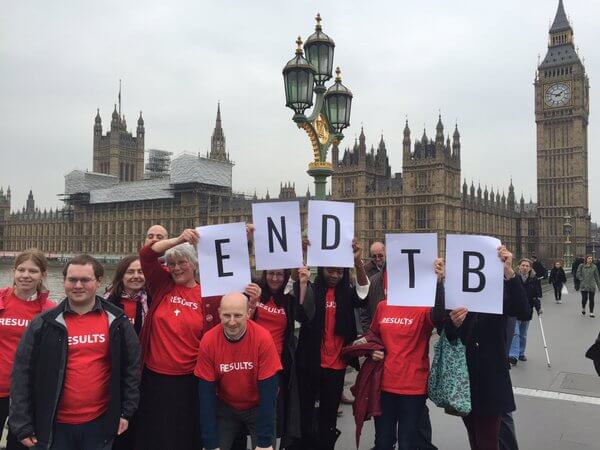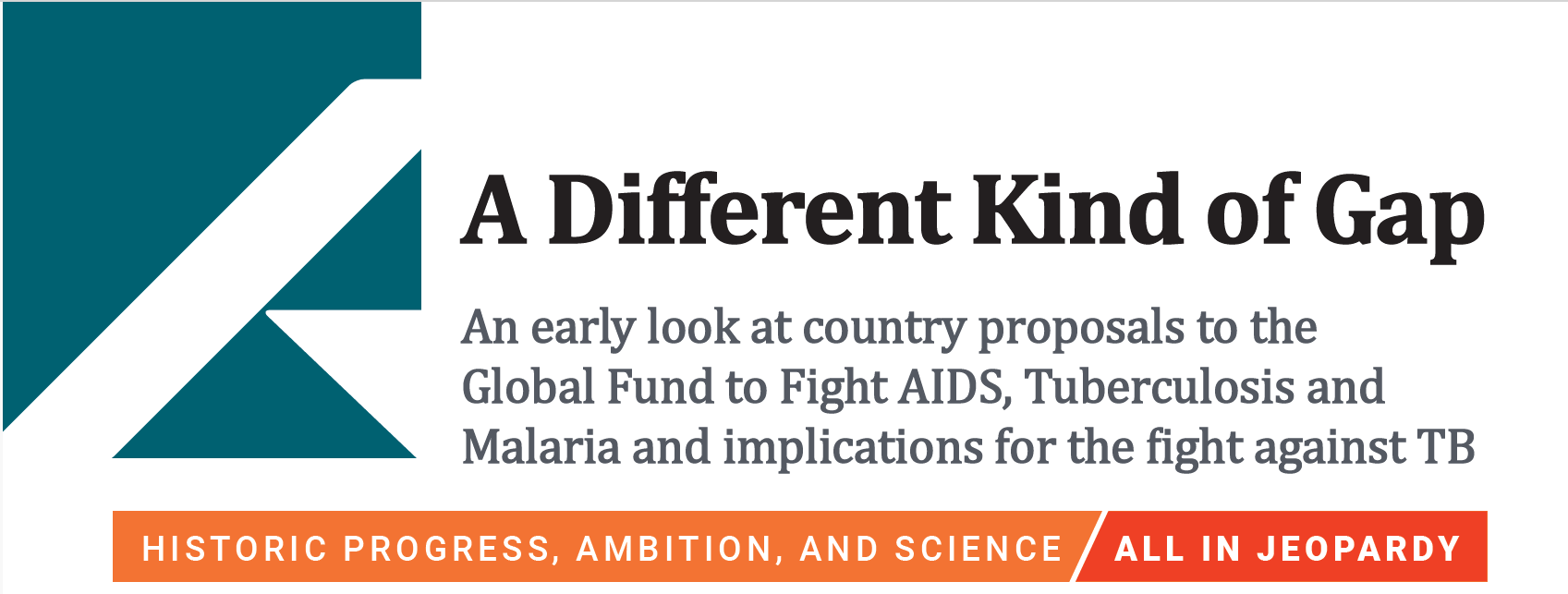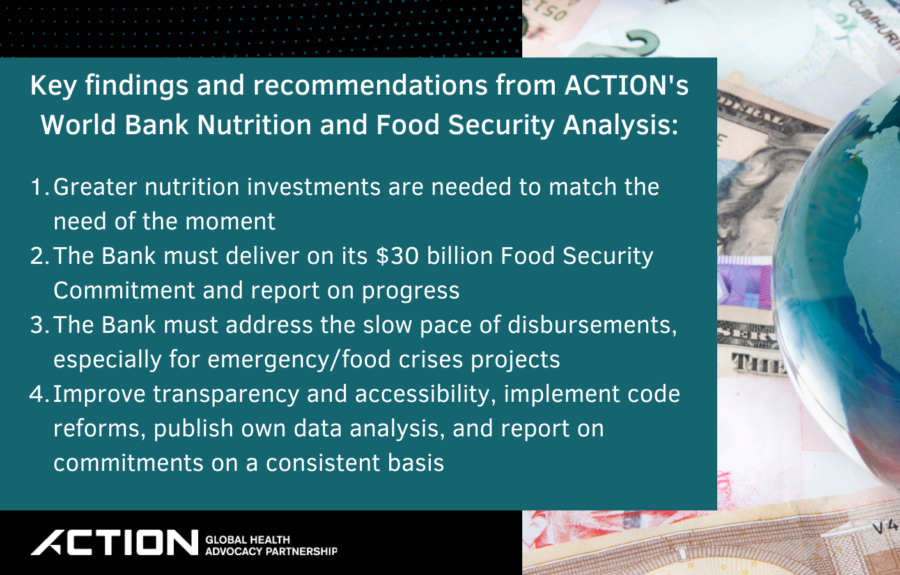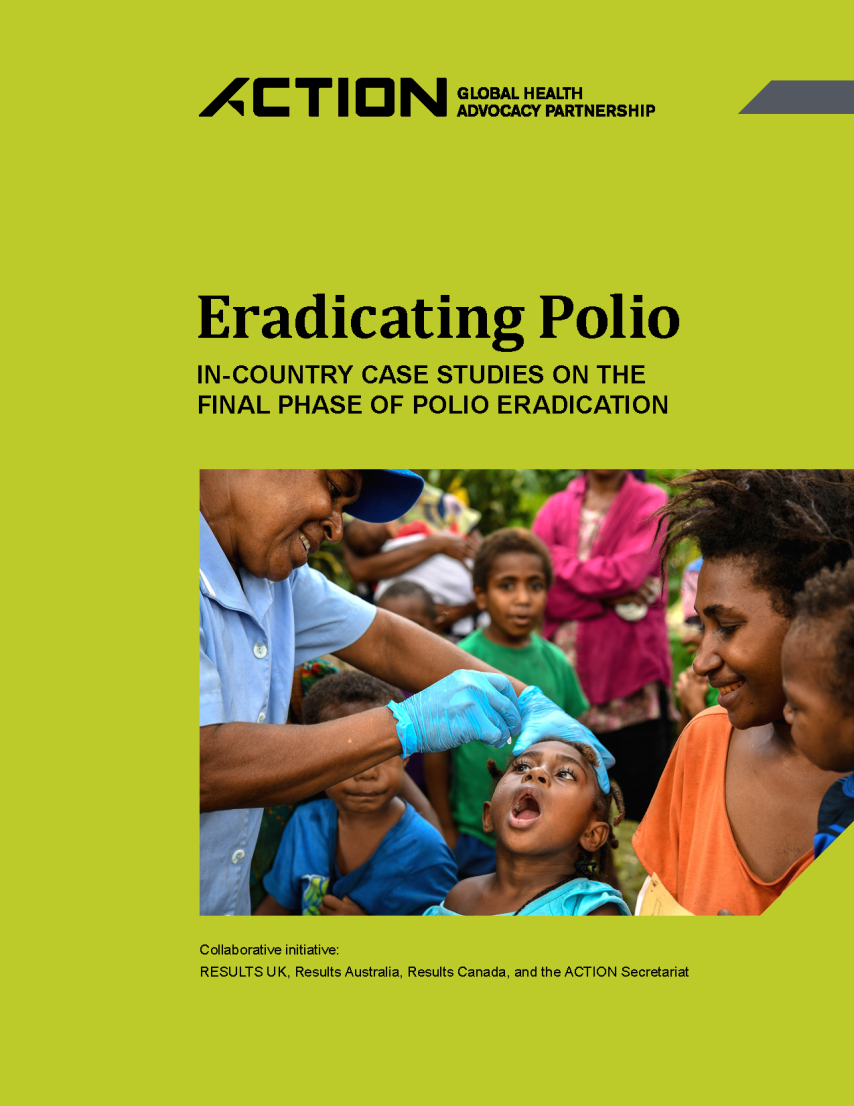When doctors and scientists raise the alarm about microbes current medicines can’t cure, many people imagine terrifying new diseases. But new data released for World Tuberculosis (TB) Day show that the poster child for antibiotic resistance isn‘t a mysterious superbug — but an ancient disease we know all too well.
As the only major drug-resistant infection spread through the air, new projections published today by the UK All-Party Parliamentary Group on Global TB show that multi drug-resistant (MDR-TB) could account for one in four deaths from drug-resistant infections by 2050. The estimations were originally produced for the independent Review on Anti-Microbial Resistance, launched by the UK Prime Minister David Cameron and chaired by economist Jim O’Neill.
“The growing wave of drug-resistant infections threatening global public health and grabbing headlines around the world is being driven by TB, and by our failure to fully invest in defeating the disease while we still can,” said Hannah Bowen, ACTION Director. “This is the first time the future impact of drug-resistant TB has been estimated, projecting just how deadly and costly the rise of drug-resistant TB could become if decisive action isn’t taken now.”
Projections show that if left unchecked, by 2050[1]:
- MDR-TB could account for one-quarter of all deaths from drug-resistant infections, causing as many as 75 million premature deaths. This means an additional 2.6 million people could die every year from MDR-TB — equivalent to the number of people dying of AIDS during the height of the epidemic in 2002.
- MDR-TB could cost the global economy as much as $16.7 trillion and be responsible for reducing global GDP by 0.63% — a sum equivalent to the 2013 economic output of the entire European Union.
Although TB is preventable and treatable, the disease still kills 1.5 million people every year. About 5% of global TB cases are currently drug resistant, but this proportion could grow quickly unless we rapidly scale up effective diagnosis and treatment to reach those with MDR-TB. Currently, at least 39,000 people diagnosed with MDR-TB are on waiting lists to receive life-saving drugs, and only about half of patients successfully complete treatment.
“These catastrophic consequences are intolerable, but not inevitable,“ said Aaron Oxley, Director of RESULTS UK., ACTION’s UK partner. “For too many years, people suffering from TB have had to take toxic, expensive drugs developed over 50 years ago. We haven’t done enough to make treatment easier, or to address the growing threat of drug resistance. Increased investment in TB research and programming can ensure more people are cured safely and quickly. We can and we must avoid the devastating human and economic outcomes forecast by this study.“
ACTION recommendations to curb drug resistance and accelerate the fight against TB:
- Invest more in research and development: We cannot rein in MDR-TB without improved drugs, diagnostics, and vaccines. Donors and implementing countries must close the $1.3 billion annual gap in funding for new tools by investing across the full spectrum of R&D, from basic research to clinical trials.
- Improve and invest in delivering current TB tools. While new tools are urgently needed, we could go much further to prevent this frightening scenario if we improve access to and effective use of the tools we already have. For example, as the largest international funder of TB programs, the Global Fund to Fight AIDS, Tuberculosis and Malaria has already helped diagnose and treat 12.3 million people with TB. But the Global Fund has identified $241 million in quality TB program needs from countries that are unfunded due to lack of resources.
- Increase political support and financing for National TB Programs. Drug resistance is driven by another challenge that has largely been ignored: National TB Programs are drastically underfunded — with an estimated gap of at least $2 billion per year. Affected country governments and their political leaders must spearhead the fight against MDR-TB through increased financial and political commitments.
“This World TB Day, the potential catastrophic cost of inaction on TB should serve as a call to action. We must not be paralyzed by frightening projections, but rather emboldened to do much more to tackle this disease and reach all people who need treatment,“ said Joanne Carter, Executive Director of RESULTS Educational Fund, ACTION’s U.S. partner. “Policymakers should see this World TB Day report as an urgent warning to recommit to ending today’s TB epidemic before it becomes 2050’s much more deadly drug-resistant TB epidemic.“
###
About ACTION
ACTION is a global partnership of 10 advocacy organizations in donor and high burden countries working to influence policy and mobilize resources to fight diseases of poverty and improve equitable access to health services. ACTION’s priorities are ending the TB epidemic, and ending preventable child deaths.






